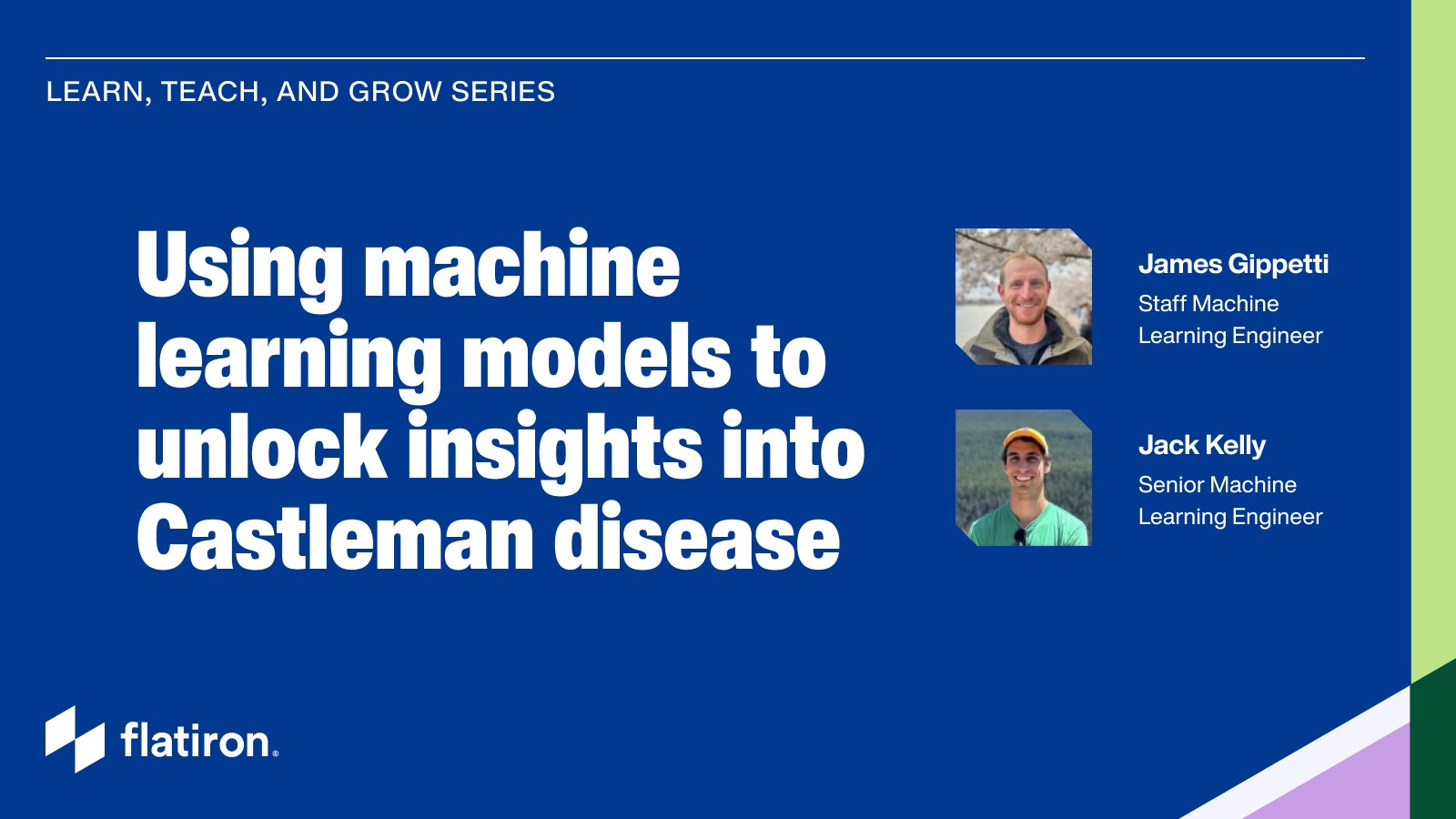Clinical trials are the gold standard in evaluating drug safety and efficacy today. But a quick look at the history of biomedical and clinical research shows immense disparities in what risks or diseases are chosen to be evaluated, what therapies are developed and who is included in clinical trials—to the detriment of some of our most vulnerable populations. The disparities are real, and many of them are startling:
-
African-American men are twice as likely as their white male counterparts to die of prostate cancer, and yet they represent just four percent of prostate cancer clinical trial participants (source).
-
Women, especially black women, are more likely to die from lung cancer every year than breast, ovarian and uterine cancers combined. While participation in lung cancer clinical trials has led to better treatments for women by understanding how hormones can affect the expression of lung cancer, researchers often still do not analyze data by sex or gender-specific factors (source).
-
Since 1993, fewer than two percent of more than 10,000 cancer clinical trials funded by the National Cancer Institute included enough minority participants to meet the National Institute of Health's own criteria and goals (source).
At Flatiron Health, where many of us are focused on cancer research, we believe that it is our responsibility to understand the status quo and how the industry got here. Only by raising awareness of this history and the resulting practices that continue today can we ensure a future where medical research is not only inclusive, but beneficial to all cancer patients.
"As someone who is relatively new to healthcare, I was astonished to find that some drugs that have been developed to treat certain diseases have a lower efficacy for populations that are disproportionately suffering from those diseases," said Amber Greene, a senior user researcher at Flatiron. "Many of us newcomers to the space had no idea that this is happening, so we wanted to educate ourselves."
As a project for a recent hackathon —a two-day initiative in which all employees pause their daily responsibilities to take on a project they wouldn't normally work on—our team decided to build a curriculum on the history of clinical trials for use in our onboarding program for new employees and other Learning & Development initiatives across the organization.
History is littered with examples of atrocities committed by medical professionals whose subjects include, unsurprisingly, Africans and Africans Americans, ethnic minorities, prisoners, women, and children. Until 1957, when a medical malpractice suit was brought against a clinician at Stanford University for not fully revealing the risks of a procedure, the concept of informed consent did not exist, leaving these vulnerable populations especially at risk ( source ).
Some notable examples include:
-
The "Tuskegee Study of Untreated Syphilis in the Negro Male" in which African Americans were recruited so that doctors – without the informed consent of the patients – could watch the impact of the disease on an untreated human body (1932)
-
The medical torture of Jewish prisoners by Nazi doctors during World War II, which included testing the effects of transplants, head injuries, freezing and mustard gas on live subjects in the name of science
-
The United States's sanctioning and execution of the deliberate infection of Guatemalan prostitutes, inmates and military personnel with syphilis in order to test the effects and limitations of penicillin (1946)
-
Project MKUltra in which doctors tested the effects of psychological torture using drugs, hypnosis, sensory deprivation, verbal abuse and other forms of psychological torture on unsuspecting participants (1953)
When each of these atrocities came to light, a flurry of regulations were instituted, including the Declaration of Helsinki, the inclusion of Article 7 in the United Nations International Covenant of Civil and Political Rights, and the creation of domestic groups like the U.S. Food & Drug Administration. Meant to protect patients, some of these regulations actually overcorrect the problem, and resulted in the exclusion of minorities from clinical trials, leading to the approval of drugs with unknown effects and little focus on research specific to diseases that affect these groups.
For example, women of childbearing age were explicitly excluded in clinical trials for 16 years following a 1977 FDA guidance ( source ). While the FDA reversed this "rigid and paternalistic" guidance in 1993, many studies since then have not included sex-based efficacy studies, putting women disproportionately at risk for severe side effects—risks that aren't apparent until the drug is on the market ( source ). This affects research even at the animal study stage, where female lab animals are routinely excluded.
Exclusion from clinical trials has been exacerbated by how the pharmaceutical industry is incentivized—the desire to find "perfect patients"—patients who have little to no comorbid conditions, who will follow drug regimens exactly, who have support systems, etc. A common belief in the medical research industry is that perfect patients produce good data, and good data is key to getting approvals. Prevailing stereotypes and cultural attitudes about minority groups in the medical industry means perfect patients are often not diverse, resulting in clinical trials that do not necessarily represent the demography of a disease population ( source ). As a result, drugs that are developed to treat a disease that disproportionately affects certain minority groups might have a lower efficacy for those groups, but there aren't enough patients from that group in early clinical research to detect those differences. For example, African Americans are one of the groups most affected by asthma in the United States, but they don't respond as well to common asthma medications ( source ).
At Flatiron, we believe that the key to eliminating racial, gender and income disparities in clinical trials starts with education— first educating ourselves, especially those of us who don't have a clinical background.
"It's important to remember that what we do [at Flatiron] has the potential to impact treatment paradigms in a major way," said Associate Clinical Director of Research Oncology Kathleen Maignan. "If we don't get this right, we can inadvertently affect the health of patients in our network and beyond."
"In the long run, Flatiron will be in a unique position to influence clinical trial participation and industry incentives to upend the status quo," said Jessie Tseng, a product designer at Flatiron. "This is just the beginning."
Hackathon team:
Amber Greene, Senior User Experience Researcher
Jessie Tseng, Product Designer
Kathleen Maignan, Associate Clinical Director of Research Oncology
Alana Levy, Sales, Provider Solutions
Arif Gilani, Product Operations
Jacob Effron, Product Manager



